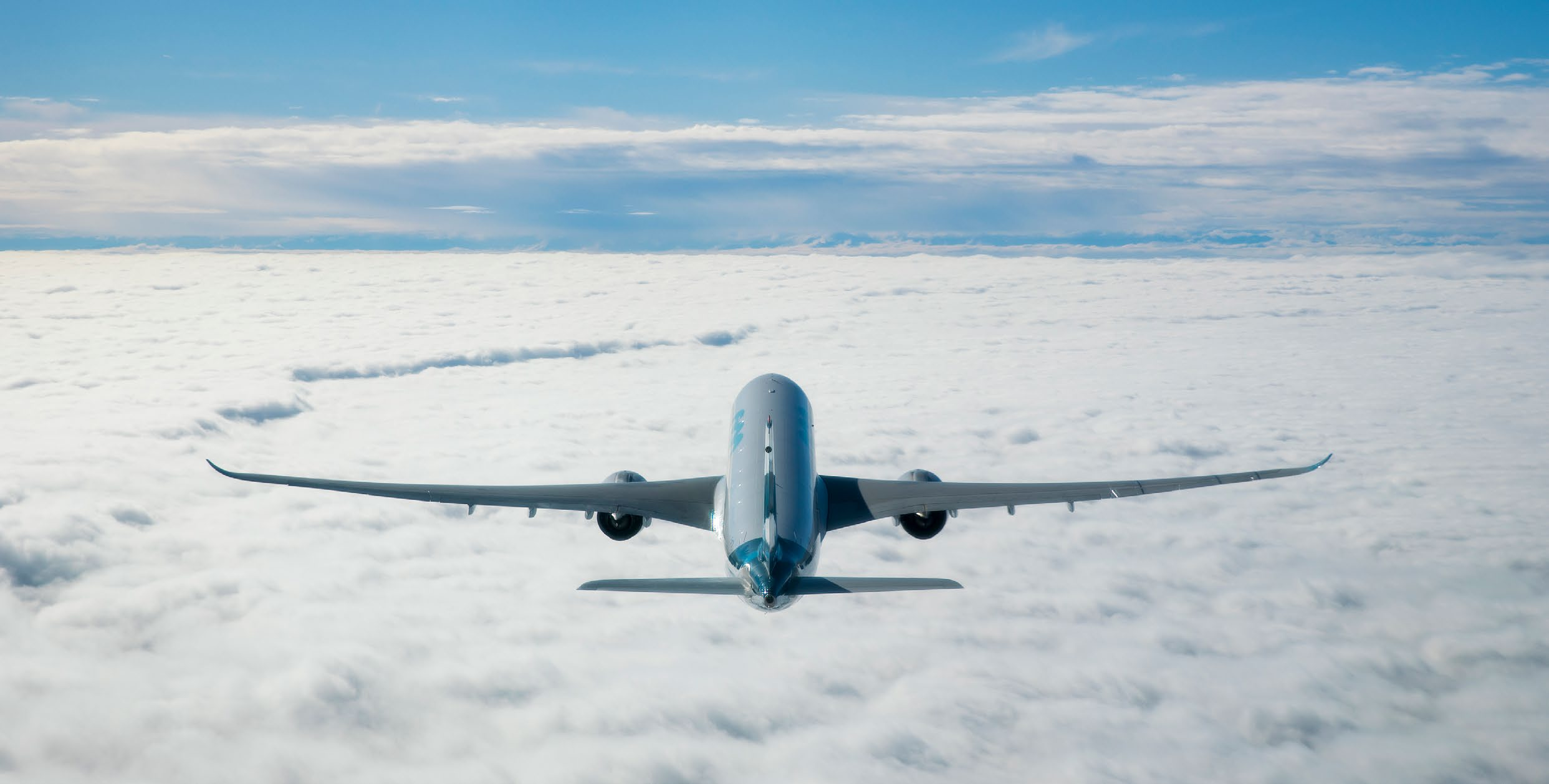Impact of strikes on European Aviation
Between 1 March and 9 April 2023, there were 34 days with industrial action impacting air transport in Europe, mostly in France but also, to a lesser extent, in Germany. As context, for the whole of 2022, there were 5 days of industrial action in France. The 34 days of strikes in 2023 potentially impacted 237 000 flights (flights to, from or across the countries mentioned above, mainly France). By comparison, the airspace closures in Europe resulting from the eruption of the Eyjafjallajökull volcano in 2010 (15-22 April) led to the disruption of some 100 000 flights.

In addition to the impact on passengers, strikes can also have a large environmental footprint. EUROCONTROL estimates that an extra 96 000 km were flown each strike day in 2023, with an average additional 386 tons of fuel burnt and 1 200 tons of CO2 emissions
[34]
. The average cost to aircraft operators of cancellations and delays was €14 million per day.

As an example, on 12 March, around 40 flights had to extend their path by at least 370 km in order to avoid French airspace (when compared to their flight plans on 5 March, a non-strike day). These strikes also impacted up to 30% of flights across the continent, highlighting the disproportionate impact that disruptions in one country can have on neighbouring countries and the European Network as a whole. Although France does have minimum service provisions, preventing the complete closure of its ATC operations, these do not protect overflights. Minimum service regulations across Europe that protect overflights (such as are seen in, for example, Italy and Spain) would go some way to protect the flying public from the type of disruption as well as the associated environmental impact.
